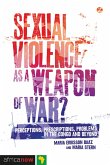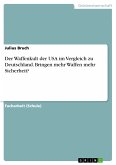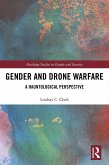Studienarbeit aus dem Jahr 2017 im Fachbereich Soziologie - Krieg und Frieden, Militär, , Sprache: Deutsch, Abstract: This paper will be focusing on discussing ways in which the rise of those killer robots affects the ethics of warfare in the future. In addition, it will provide a state of the art, on where the technology is right now and how it's likely going to evolve over the years. Unmanned Aerial Vehicles (UAV) have been around for almost a century and are used these days by many armed forces in war zones all around the globe. Lately, we've seen a massive emerge in technology like Artificial Intelligence and Object Detection that allows a transition to Lethal Automated Weapon Systems (LAWS). LAWS no longer require a human to decide who gets to live and who has to die. It's now the technology, that judges. The questions assigned to this new technology are multidimensional and pose a novel challenge to any legal and ethical frameworks in place these days.
Dieser Download kann aus rechtlichen Gründen nur mit Rechnungsadresse in A, B, BG, CY, CZ, D, DK, EW, E, FIN, F, GR, HR, H, IRL, I, LT, L, LR, M, NL, PL, P, R, S, SLO, SK ausgeliefert werden.









